Geoscience Reference
In-Depth Information
and deeper areas which are hotter and less viscous; they
then propagate forming columnar features orientated
roughly perpendicularly to the top and bottom boundaries
of the rock body, although curved patterns of the columns
are quite common (Fig. 4.73). Increments in crack propa-
gation may result in a banding normal to the columns, dis-
playing individual plumose structures like the ones
described in joints.
Gash fractures
are lenticular or sigmoid fissures (both Z
and S shaped), generally filled with some mineral (most
abundantly calcite or quartz) that develop in shear zones
at the brittle-ductile transition (Fig. 4.74), where a combi-
nation of both ductile flow and brittle fracturing occurs.
Gash veins open normal to the maximum elongation
e
1
both in coaxial, homogeneous flattening (Fig. 4.75a) or
noncoaxial simple shear zones (Fig. 4.75b). In noncoaxial
shear zones a finite increment in stress gives way to a
lenticular-shaped gash fracture set, which is orientated
at an angle with respect to the shear band edges
(Fig. 4.75b). The cracks are formed parallel to the
S
1
Fringe
(a)
c.e.
Fringe
Plumose
structure
(b)
Step
S
3
plane; note that gash fractures are not previous features in
the shear band rotated by the shear, so carefully observe
their orientation with respect to the shear sense!
Remember that simple shear (see Section 3.14) is a non-
coaxial strain and that any line forming an angle different
to from the main shear direction rotates progressively as
the main axis of the stress does. That is why a subsequent
Fig. 4.72
(a) Joint surfaces show plumose and conchoidal structures
(c.e.) in the main crack surface, showing the propagation of the
fracture. Fringes are located at the edges of the joints and show a set
of en echelon cracks. (b) Detail of a step in a conchoidal structure,
cutting the plumose feature in a joint surface.
(b)
(a)
Fig. 4.73
(a) Columnar joints form in volcanic or subvolcanic rocks by tensile stresses developed by contraction in small domains at cooling.
(b) Joints form vertically in the surface and propagate down forming columnar features, as in the example of Devil's Tower in the photo
(Wyoming, United States Courtersy by R. Giménez).














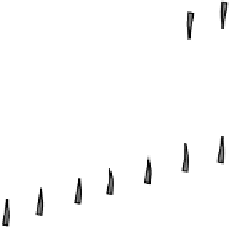




















































































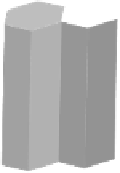














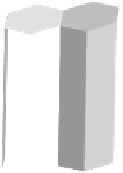
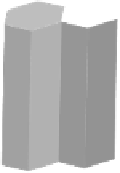





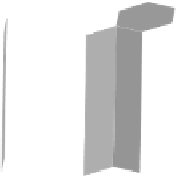










Search WWH ::

Custom Search